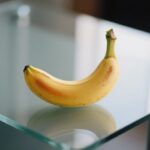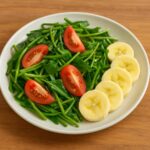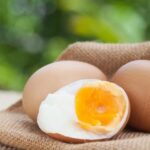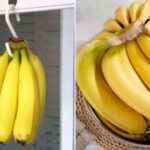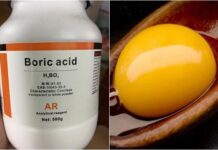In many countries, bananas are considered a luxury fruit due to their high price, while in Vietnam, they are widely available and affordable, with almost every household able to purchase them. However, many people wonder how to choose naturally ripened bananas that are fragrant and tender, without the use of harmful chemicals. Some sellers, driven by profit, use toxic ripening agents like formaldehyde or carbide gas.
To avoid buying chemically ripened bananas, experts recommend paying attention to the following characteristics:
1. Avoid bright yellow, smooth, and spotless bananas
Many believe that uniformly yellow and smooth bananas are the best, but in reality, these are often chemically ripened. Naturally ripened bananas typically have tiny brown spots on their skin, a sign of natural ripening. The peel is slightly rough, not overly shiny, and may have a few light indentations. When peeled, the flesh is tender, fragrant, and sweet.
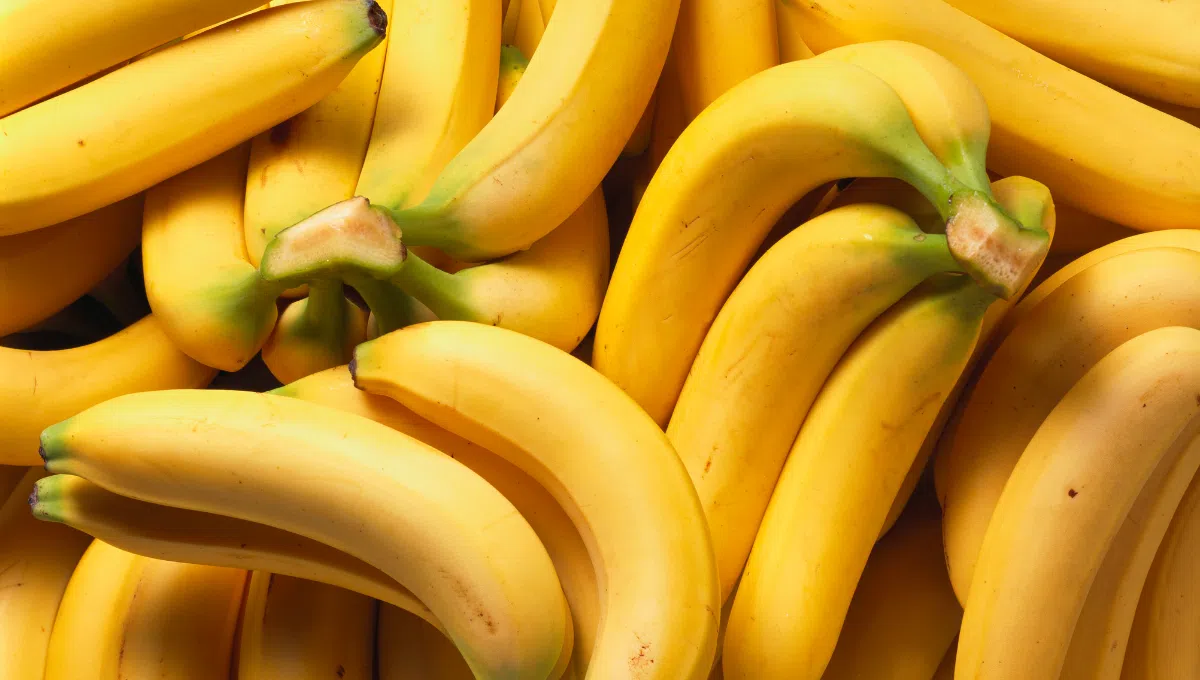
Chemically ripened bananas, on the other hand, are uniformly bright yellow with almost no spots and an unusually shiny peel. The flesh inside may be unripe in the center or dry, with a faint aroma and less sweetness. A helpful tip is to check the stem: if the stem is still green while the body is bright yellow, it’s likely a chemically ripened banana.
2. Assess the firmness of the fruit
After examining the peel, gently press the body of the banana:
– If it feels tender and slightly resilient, without being too soft or hard, it’s naturally ripened.
– If it leaves a deep indentation and feels mushy, the banana may be bruised or overripe.
– If the banana is uniformly yellow but the stem is hard, the flesh is dry, and it tastes bland, it’s likely chemically ripened and should be avoided.
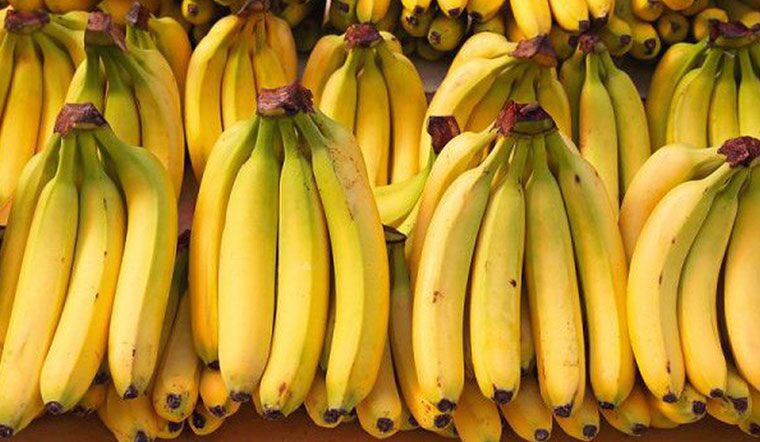
Choose a bunch with both ripe and unripe bananas, as this indicates gradual natural ripening without chemical intervention.
3. Check the aroma
Naturally ripened bananas have a distinct, sweet, and natural fragrance. When you smell them, you’ll notice a clear fruity aroma without any harsh or pungent notes. In contrast, chemically ripened bananas often have a slight acrid smell, sometimes even a bit sour or unpleasant.
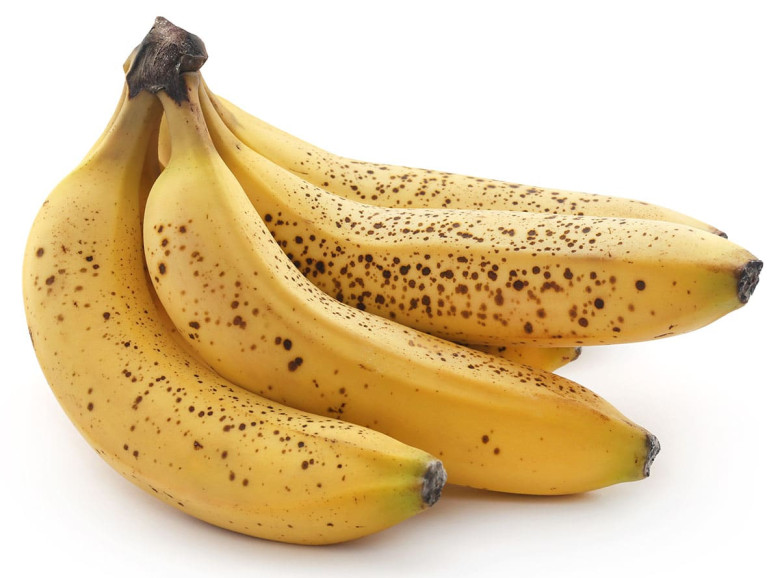
If buying in bulk, smell the stem and the inside of the peel carefully, as these areas are where chemical residues are most likely to linger. If you detect anything unusual, it’s best to avoid them, especially for children and the elderly.
4. Expert tips for choosing the best bananas
– Check the stem: A good banana has a slightly withered stem, not wet or bright green.
– Choose a bunch with gradual ripening: The middle bananas should be riper, while the ones at the ends are still unripe.
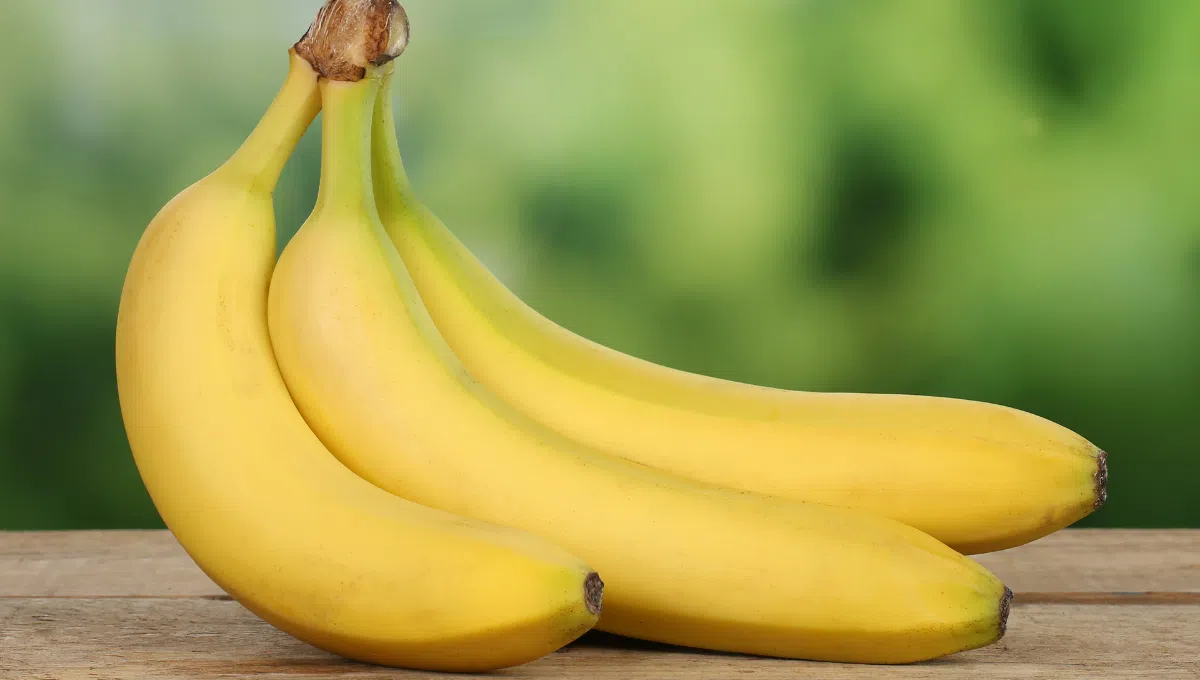
– Observe the flesh color: When peeled, the flesh should be ivory or slightly creamy, not stark white.
– Consider the season: Naturally ripened bananas are most abundant in summer and early autumn; if you see bright yellow, fragrant bananas in the middle of winter, be cautious.
5. Tips for ripening bananas naturally at home
If you’ve bought unripe bananas, don’t worry. You can ripen them safely using these methods:
Method 1: Place 6 bananas and 2-3 apples in a large plastic bag, seal it tightly, and leave it at room temperature for 2-3 days. The ethylene gas from the apples will help the bananas ripen naturally, making them fragrant and delicious.
Method 2: Wrap the bananas in a plastic bag and bury them in a rice container for 2 days. The bananas will ripen to a golden color with a subtle rice aroma.
Method 3: Place the bananas in a jar, add an incense stick, and light it. The bananas will ripen quickly.
“Bananas: A Nutritional Powerhouse Fruit, But A Cautionary Tale for Those With These 3 Conditions”
“Bananas are a nutritious and affordable fruit, but they may not be suitable for everyone. With their high potassium and vitamin content, bananas offer an array of health benefits. However, for some individuals, particularly those with certain medical conditions, the consumption of bananas may need to be monitored or avoided altogether.”
5 Energy-Boosting Food and Drink Alternatives to Coffee: Beat the Afternoon Slump!
For those looking to boost their alertness, coffee is often the go-to beverage of choice. But, if you’re keen to steer clear of caffeine dependence or are seeking a healthier energy source, there are plenty of easily accessible alternatives. Discover five effective and nourishing options that will energize you in a natural and sustainable way.

























